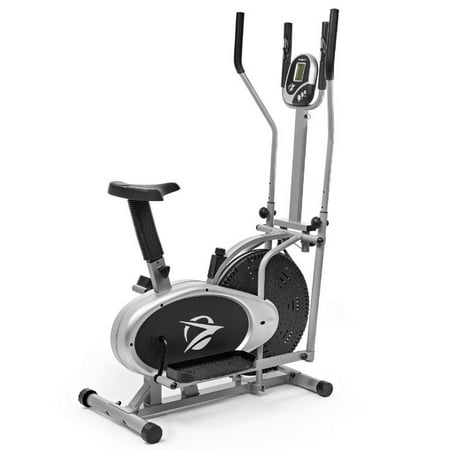BalanceFrom High Density Treadmill Exercise Bike Equipment Mat, 2.5 Ft x 5 Ft
BalanceFrom High Density Treadmill Exercise Bike Equipment Mat, 2.5 Ft x 5 Ft




Overview: Made of high density material to protect any floor type from being damaged by heavy equipments such as treadmills, exercise bikes, elliptical, etc. Moisture resistant technology makes the mat to be easily cleaned with soap and water. The mats are designed with different patterns on both sides. Not only it looks nice, but it can prevent equipments from moving around. Made of PVC materials, so it can be a yoga mat or exercise mat as well. 2 versions to select from:6.5-Feet (78-Inch) long and 3-Feet (36-Inch) wide;5-Feet (60-Inch) long and 2.5-Feet (30-Inch) wide;Dimension: 6.5-Feet (78-Inch) long and 3-Feet (36-Inch) wide or 5-Feet (60-Inch) long and 2.5-Feet (30-Inch) wide ensures comfort for most equipments such as treadmills etc. With high density material, the premium mat properly protect both your floor and your equipments. Warranty: All genuine BalanceFrom products come with a 2-year warranty and 100% BalanceFrom Satisfaction Guarantee to make your purchase worry free. Simply contact us or your vendor if you have any questions. Customer satisfaction is our highest priority.AT A GLANCE:-High density-3-feet x 6.5-feet-2.5-feet x 5-feet-Protect both floor and equipments-2-year warranty





Reviews
There are no reviews yet.